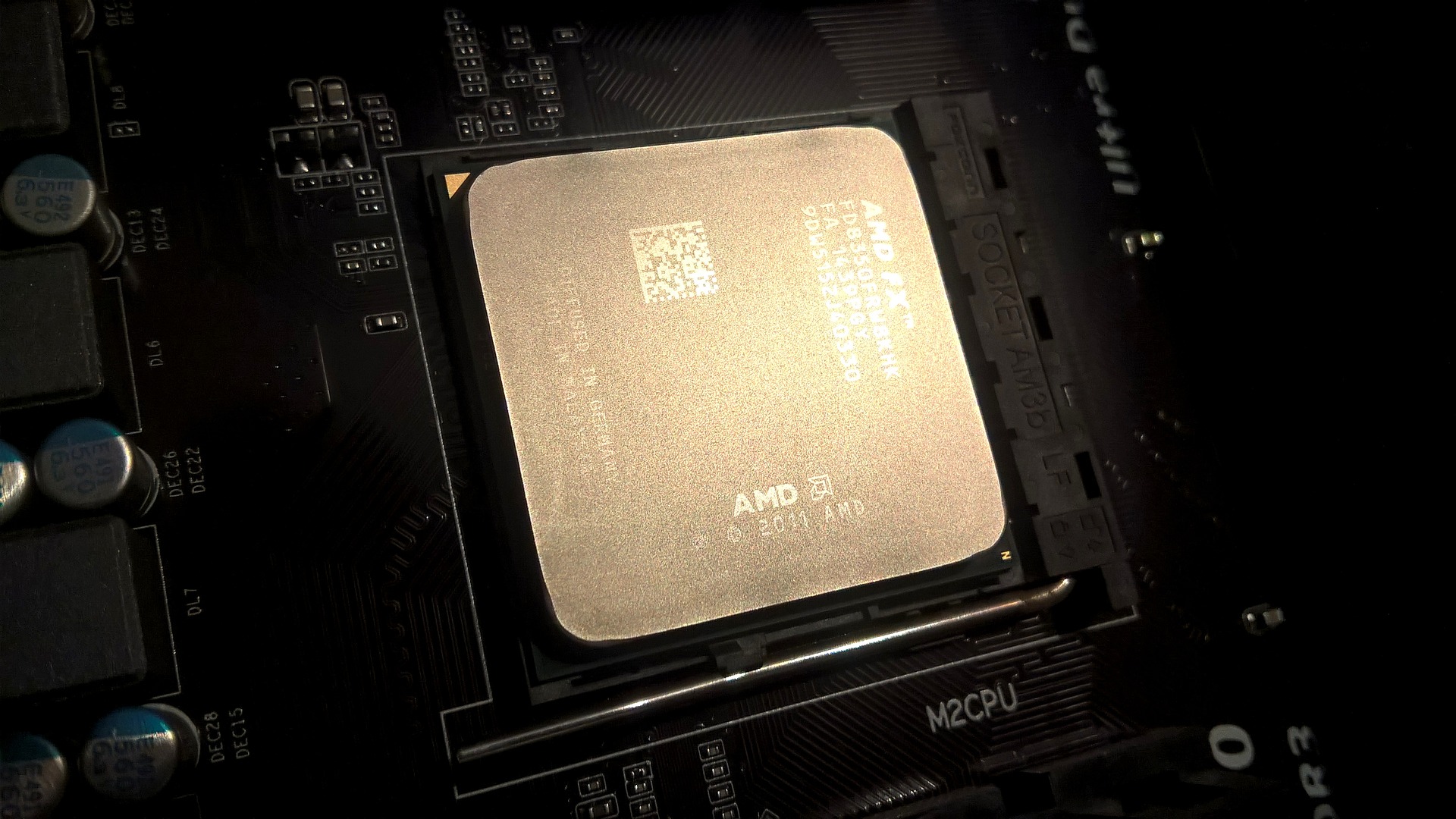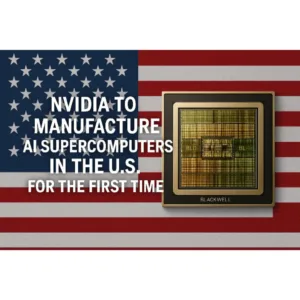AMD is stepping up its game in the AI market, aiming to challenge Nvidia’s stronghold. Leveraging its background in APUs (combining CPUs and GPUs) and a history of offering cost-effective chips, AMD has introduced the MI300 Instinct GPUs. These GPUs, crafted on TSMC’s advanced nodes, demonstrate promising AI performance, posing a potential threat to Nvidia.
In the competitive landscape, AMD, through the acquisition of ATI in 2006, entered the GPU market, extending ATI’s Radeon brand to compete with Nvidia in discrete GPUs for gaming PCs. This technology was later utilized to create APUs for PCs and gaming consoles.
AMD’s approach against Nvidia mirrors its strategy against Intel in the CPU market, consistently offering cheaper chips. Although AMD’s GPUs could rival Nvidia’s in gaming performance, they tended to consume more power due to less efficient designs.
Despite Nvidia maintaining about 80% of the discrete GPU market in the past year, with AMD holding a 17% share and Intel making a return, AMD is making significant strides in the AI sector. Notably, both AMD and Nvidia rely on Taiwan Semiconductor Manufacturing (TSMC) for chip production, distinguishing them from Intel, which manufactures most of its chips in-house. This reliance on TSMC sets constraints on chip designs in terms of size and power efficiency.
AMD’s cost advantages and collaboration with TSMC position it as a formidable competitor in AI, potentially challenging Nvidia’s dominance in the chip sector. While Nvidia has a strong presence in discrete GPUs, AMD’s strategic advantages make it a noteworthy contender in the evolving landscape of AI technology.
Bringing you the latest updates on finance, economies, stocks, bonds, and more. Stay informed with timely insights.



















Be First to Comment